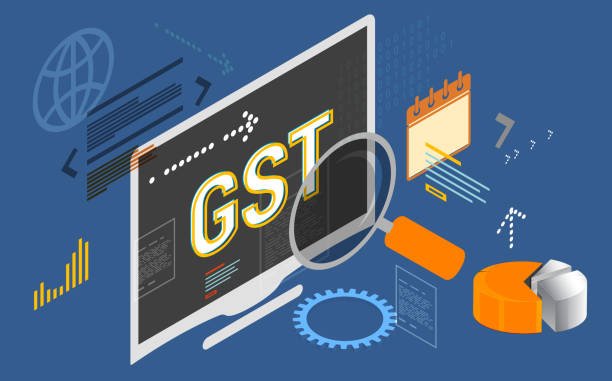Purchase orders and GST bills are essential documents in the business world, quietly ensuring that everything runs smoothly. However, not all formats are created equal. Understanding the pros and cons of various purchase orders and GST bill formats can significantly streamline operations and improve efficiency. Let’s explore the advantages and disadvantages of each.
The Purchase Order Format: Keeping Things Organized
A purchase order (PO) is a type of document sent from a buyer to a supplier outlining the details of a purchase. It’s a crucial component in the procurement process, ensuring both parties are on the same page.
Pros of a Good Purchase Order Format
1. Clarity and Precision:
A well-structured purchase order format provides clear details about the goods or services being procured, quantities, agreed prices, and delivery dates. This reduces the chances of misunderstandings.
2. Legal Protection:
Since a purchase order serves as a legally binding document, it offers protection for both the buyer and the seller. Should any disputes arise, the PO can be referenced to resolve issues.
3. Streamlined Procurement Process:
By standardizing the procurement process, a good PO format can enhance efficiency, allowing businesses to process orders quickly and accurately.
4. Inventory Management:
POs help in keeping track of what has been ordered, what has been received, and what is still pending. This aids in better inventory management and forecasting.
Cons of Purchase Order Formats
1. Complexity for Small Businesses:
For small businesses or startups, managing purchase orders can seem cumbersome and overly formal. The process can slow down quick, informal transactions.
2. Potential for Errors:
If the purchase order format is too complex or not user-friendly, it can lead to data entry errors. Mistakes in quantities or prices can cause significant issues.
The GST Bill Format: Ensuring Compliance
The GST (Goods and Services Tax) bill format is another critical document for businesses. It outlines the details of the goods or services sold, including the GST charged. Let’s look at the benefits and drawbacks of various GST bill formats.
Pros of an Effective GST Bill Format
1. Compliance:
A properly formatted GST bill ensures compliance with tax regulations. This is crucial for avoiding penalties and maintaining a good standing with tax authorities.
2. Transparency:
GST bills provide transparency in transactions, clearly showing the breakdown of the cost and the tax charged. This builds trust between businesses and their customers.
3. Simplified Accounting:
With a standardized GST bill format, accounting processes become more straightforward. It ensures that all necessary details are included, making bookkeeping easier.
Cons of GST Bill Formats
1. Complexity:
GST bills can be complex, especially for small businesses unfamiliar with tax regulations. Ensuring all required details are accurately included can be challenging.
2. Time-Consuming:
Preparing GST bills, especially manually, can be time-consuming. This can slow down operations, particularly for businesses with a high volume of transactions.
3. Risk of Non-Compliance:
An incorrect GST bill format can lead to non-compliance with tax laws, resulting in fines and legal issues. It’s essential to get the format right to avoid these pitfalls.
Conclusion
Ultimately, the key to a successful business operation lies in finding the right balance. A well-designed purchase order format can streamline procurement, while an accurate GST bill format ensures compliance and transparency.
By carefully evaluating and choosing the best formats for your purchase orders and GST bills, you can significantly improve efficiency, accuracy, and compliance within your business.
(India CSR)




















